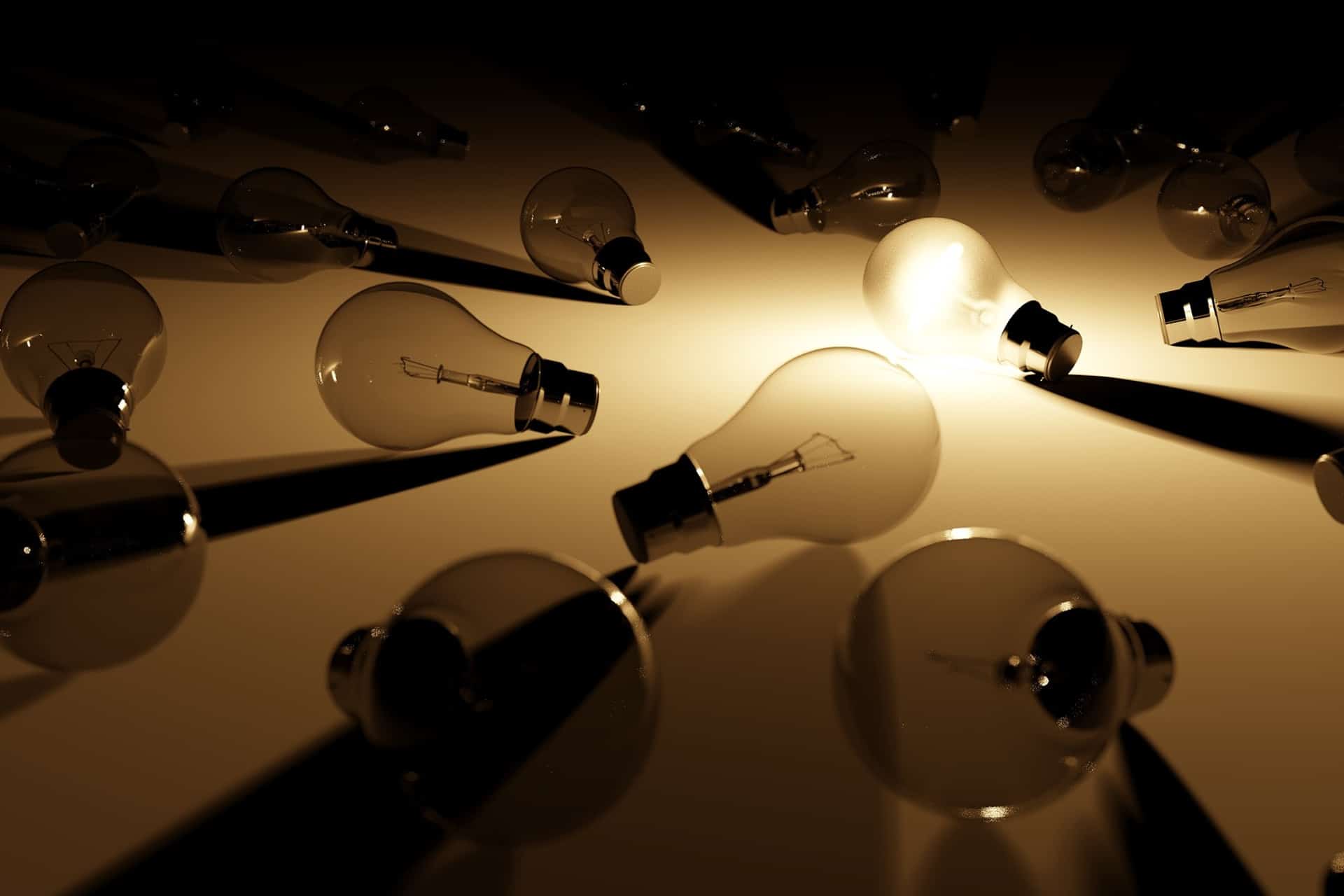LEDs do degrade over time. It is not necessarily a linear change but all LEDs will get dimmer with use.
LED lights definitely dim over time - I have witnessed this myself, but with household LED fixtures and bulbs. I'm not sure how much of it is the phosphor aging or what causes this. I'm sure that there are some LED technologies that last longer than others, and the LED products I have are mostly cheap consumer grade stuff.
Many street lights are also converted to LED and I'm curious how easily the LED elements are replaced in those - surely they are designed to be long lasting but they won't last forever.
I searched to see if I could find light output longevity requirements from the SAE or NHSTA and I couldn't find anything, nor can I find anything about the L70 (hours until output is reduced to 70% of original brightness) for OEM automotive headlight LEDs.
Given that most of us don't drive for say 4 hours every night, let's say one hour of night driving per day is normal use.
If the LED lasts for 1000 hours that would be only 3 years. 10,000 hours would be 30 years.
A cursory search indicates that generic LED L70 values are typically around 25,000 to 50,000 hours.
If our headlights are 25,000 hours, in the expected 20 year lifespan of a vehicle is 7300 days, and if we drove with headlights on 8 hours a day that's 58,400 hours, so the headlights would only last as little as 10 years at that rate.
From my experience, an LED will lose noticeable brightness for the first say 1000 hours, and after that the dimming is slower and it's harder to notice.
![Image]()
![Image]()







